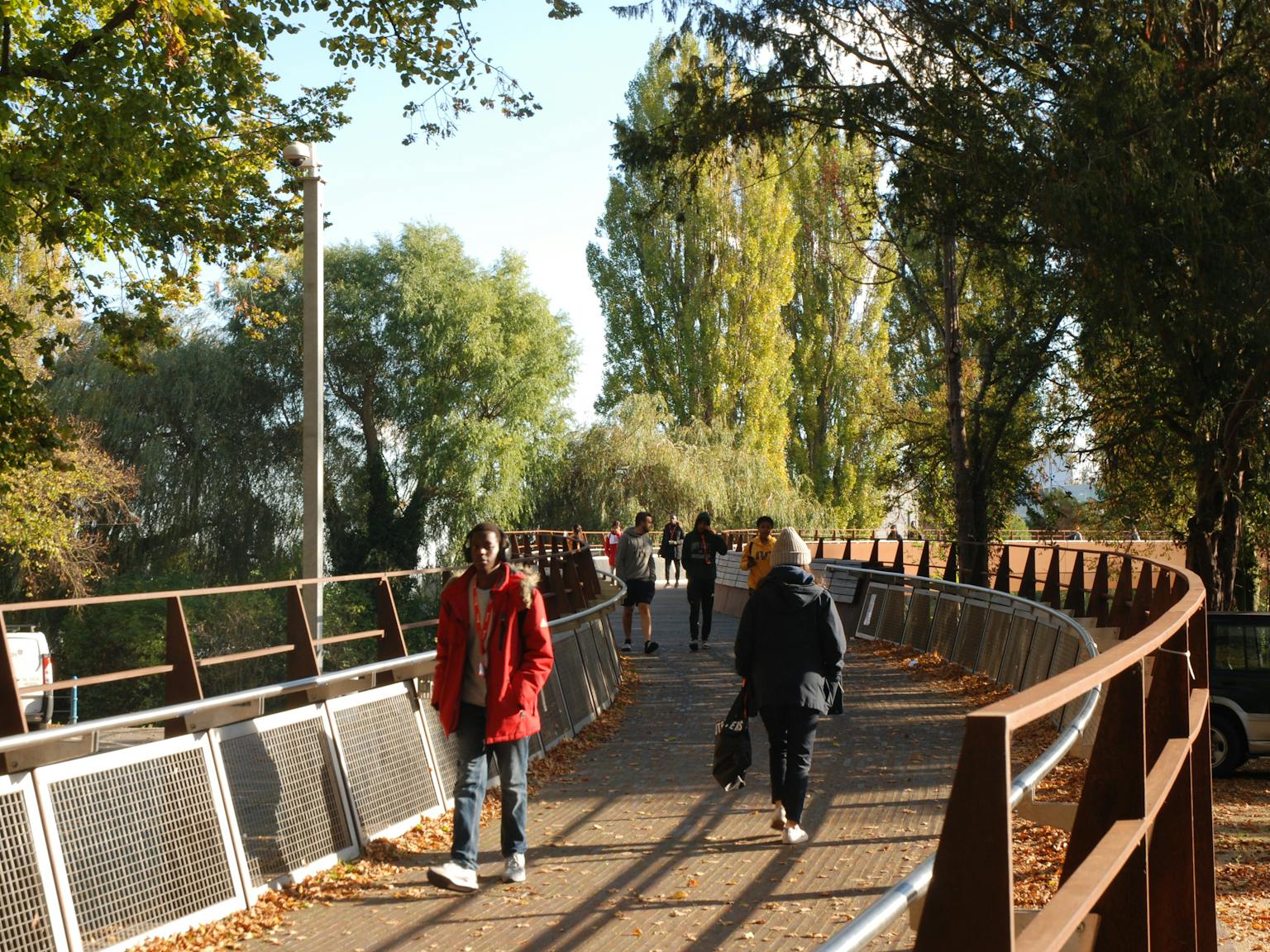
Could changes to biodiversity policy in the draft NPPF present an opportunity for developers?
Following the recent publication of the revised Draft Revised National Planning Policy Framework (NPPF), our Associate Ecologist David Green looks at some of the key changes to Chapter 15: Conserving and enhancing the natural environment, and how they might affect planning authorities and developers as part of the planning process.
A notable change is the removal of reference to ‘avoiding net loss of biodiversity’ and inclusion of ‘minimising impacts and providing net gains for biodiversity, including by establishing coherent ecological networks that are more resilient to current and future pressures’. Furthermore, it now states that plans ‘should take a strategic approach to maintaining and strengthening networks of habitats and green infrastructure; and plan for the enhancement of natural capital at a catchment or landscape scale across local authority boundaries’.
Whilst the mitigation hierarchy of avoid, mitigate, compensate remains, the revised wording encourages developers to look beyond maintaining existing biodiversity value. Instead it actively encourages provision of additional benefits for biodiversity which contribute to future-proofing our natural environment at a landscape scale.
This places an increased responsibility on developers and planning authorities to avoid viewing developments in isolation, and instead seek opportunities to repair or strengthen ecological networks. For developers, this could mean including linear habitat corridors which allow movement by species across a site, and provide connectivity with the wider landscape. For Councils, this encourages adoption of a strategic and cooperative approach to restoring ecological connectivity, including working with neighbouring authorities to identify locations where efforts are best focused, for example through Green Infrastructure studies.
This shift from ‘preservation’ towards ‘conservation’ could encourage developers and councils to raise their ambitions and go beyond what was previously expected. It states that plans should ‘promote the conservation, restoration and re-creation of priority habitats, ecological networks and the protection and recovery of priority species; and identify and pursue opportunities for securing measurable net gains for biodiversity’. A key aspect of this paragraph is the focus on ‘measurable net gains’. Planning Authorities are increasingly likely to want applications to clearly demonstrate net gains, which means the use of metrics may become an important component for all but the simplest of proposals. Such metrics typically seek to quantify the change in a site’s biodiversity value through quantitative factors such as habitat type, species richness, quality and extent. Adopting the metric approach as the norm could have significant benefits for councils and developers, because it increases the transparency of the decision making process and removes much of the reliance on professional judgement and opinion, an area which often leads to disagreement and planning appeal.
Another important update is the emphasis on refusing development which would result in the ‘loss or deterioration of irreplaceable habitats (such as ancient woodland)’ unless there are ‘wholly exceptional reasons and a suitable mitigation strategy exists’. ‘Wholly exceptional’ in this context includes nationally significant infrastructure projects where the public benefit would clearly outweigh the loss or deterioration of habitat. This increases the importance for developers to seek to design schemes which avoid impacts to such habitats from the outset.
It also specifies that development resulting in the loss of aged or veteran trees should be refused unless the benefits outweigh the loss. Notably, such trees are no longer specifically identified as ‘irreplaceable’ habitats and this issue may now represent less of a hurdle for developers where the benefits of a scheme outweigh the loss.
It is also worth noting that reference remains to Circular 06/2005: Biodiversity and Geological Conservation which continues to provide further guidance in respect of statutory obligations for biodiversity and their impact within the planning system, including in relation to protected species.
In summary, Chapter 15 of the Draft Revised NPPF strengthens the importance and protection of our natural environment in planning policy. This provides an opportunity for both developers and planning authorities, where their ambitions go beyond avoiding and preserving biodiversity and instead seek to deliver measurable benefits for biodiversity at the site and strategic scale.
For more information on identifying ecological constraints and opportunities please contact David Green.










